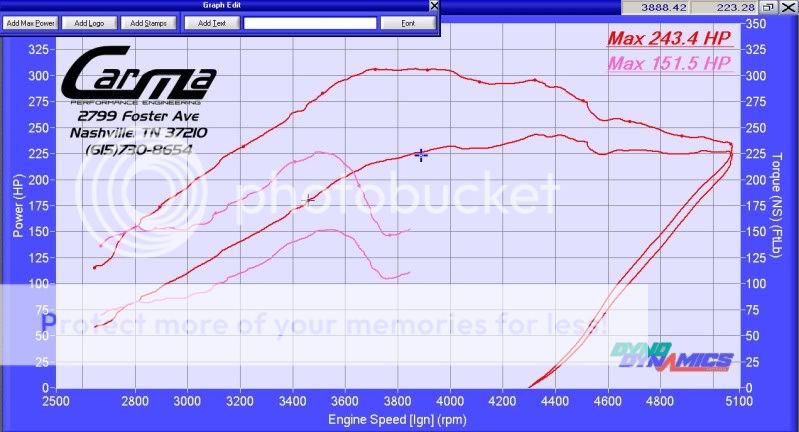......
First, the 200:
The 200 has 80k miles on it and it looks pretty good inside. The engine is the one that came in the car, (so, it fits w/o any modifications) and already has all of the accessories I want in place. It is complete,..and up until today, ran.
The problem I have w/the 200 is the lack of a bell mating surface to accommodate a full size 4 speed auto trans (i.e. 4r70W) I found a company in Colorado that makes an adapter to allow a 2.3 engine to mate to a SBF pattern trans, and I'm pretty sure that I can order the thing "undrilled" for the 2.3 engine, and transpose the 200 bell pattern onto it. It sells for a reasonable 185.00.
As I said earlier, plans are to T/C the combo, and fuel inject it. The problem w/that is that the injection is a mega squirt,.... and has no run time on it. Starting a new engine w/a brand flat tapped cam requires a break in process that I'm not willing to risk to a untried fuel injection system. I do have the old stock 200 cam shaft and old lifters that I could install for a short time until I get the injection "dialed in",..but obviously that requires I tear it back down at some point to do the cam swap for the turbo.
The rub comes from the temptation to completely rebuild the 200, including a new set of forged pistons. this engine looks like I should be able to get away w/a minimal .020 over bore to get it to clean up.
The 250:
The reasons for the 250 are obvious,..50 more cubes, a longer stroke, more tq as a result. It has the SBF bell.
The cons.....it don't fit w/o oil pan mods, the accessories are not as neatly bundled. The block is worn out, and the cylinders are beyond boring,...I'd have to sleeve all 6 cylinders (which aside from cost, would add back some structural integrity, and allow me to return the bores back to standard. (a plus considering the turbocharging I intend to add))
The iron head: I copied another member here and cut the cast log intake and exhaust completely off. I will make a tubular intake w/a log style plenum w/ a throttle body on one end. From what I've read, cutting this head for a bigger exhaust valve (1.5) runs the risk of breaking into water, and after the amount of work already invested, I'd hate to have to ship the heavy pig off somewhere to have it welded. I'd have to modify the valves and ports to make the targeted power(400/500), additionally I'd have to swap the cams, but not after getting the injection right.
The xflow:
I know what's involved w/ making this head work on either engine. I contacted Crow cams, and the quote for the cam shipped to me was not unreasonable. (330.00) The problem again is installing a flat tapped cam (this one all the way from Australia) in a new engine that has an untried fuel injection system. So,..again I would have to modify the block to allow for the head swap, unscrew the blocked passages to allow a cast iron log head to run, use the raggedy stock cam currently in my 200 until I'm sure the injection is right, then tear it back down, plug the passages that are not required, install the xflow head and install the turbo cam and run the thing for the required break in period. The look of the xflow alone is justification for me to use it, the aesthetics of having an intake on one side, and the exhaust on the other just makes sense to me. The huge weight savings is just a perk.
So the dilemma......which engine, which head would you choose...........provided you're still with me.





